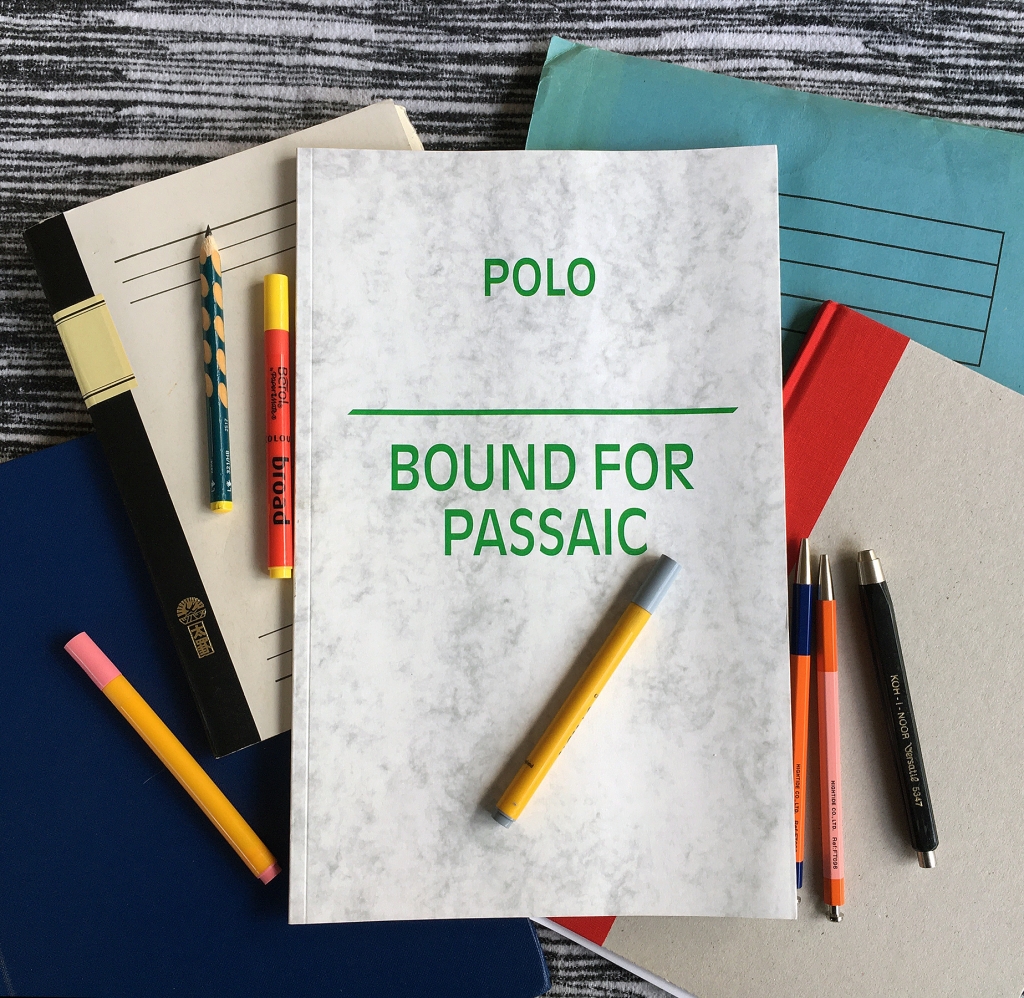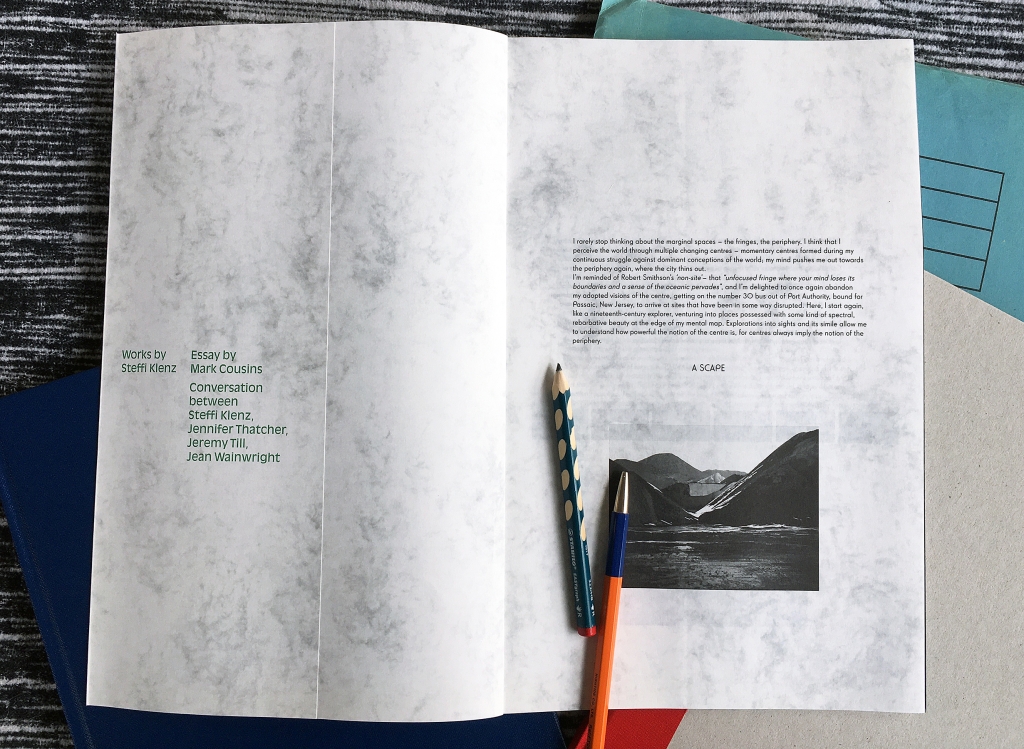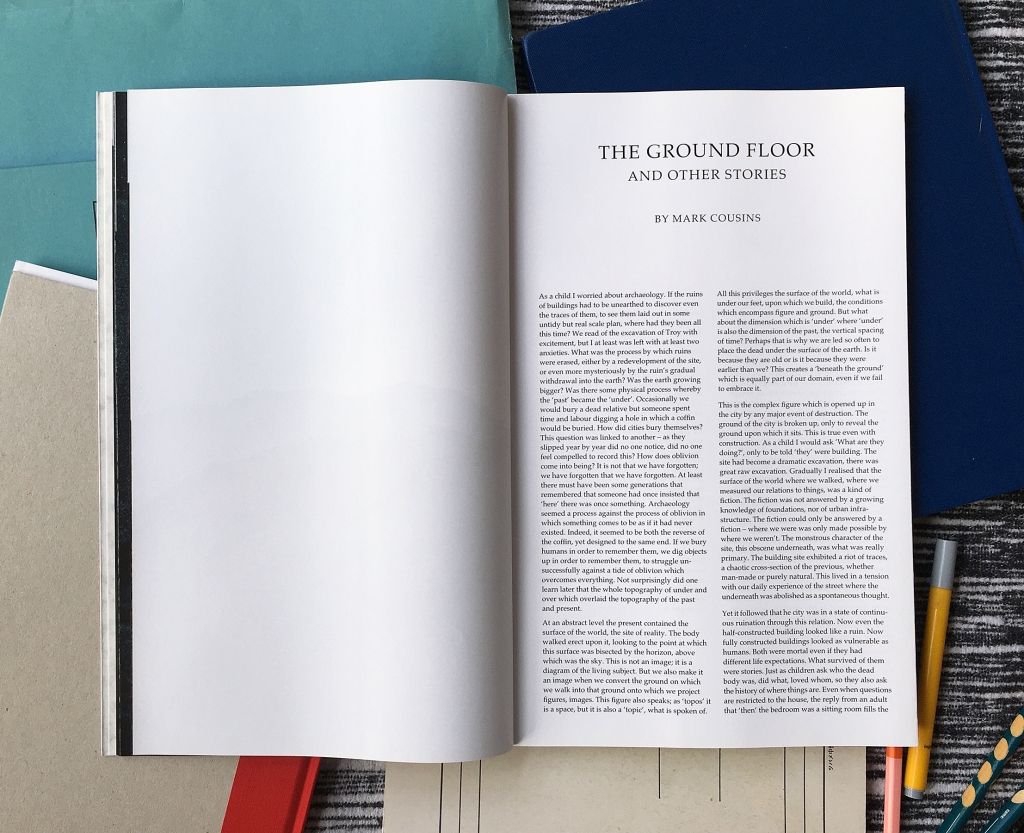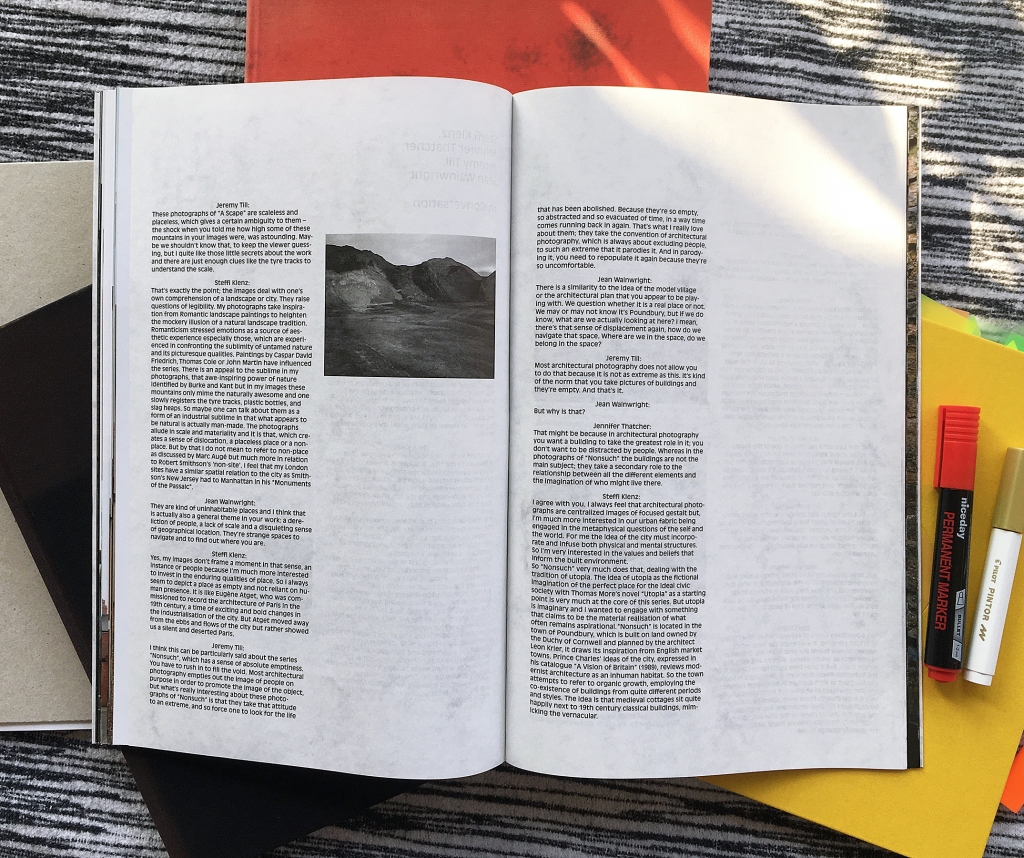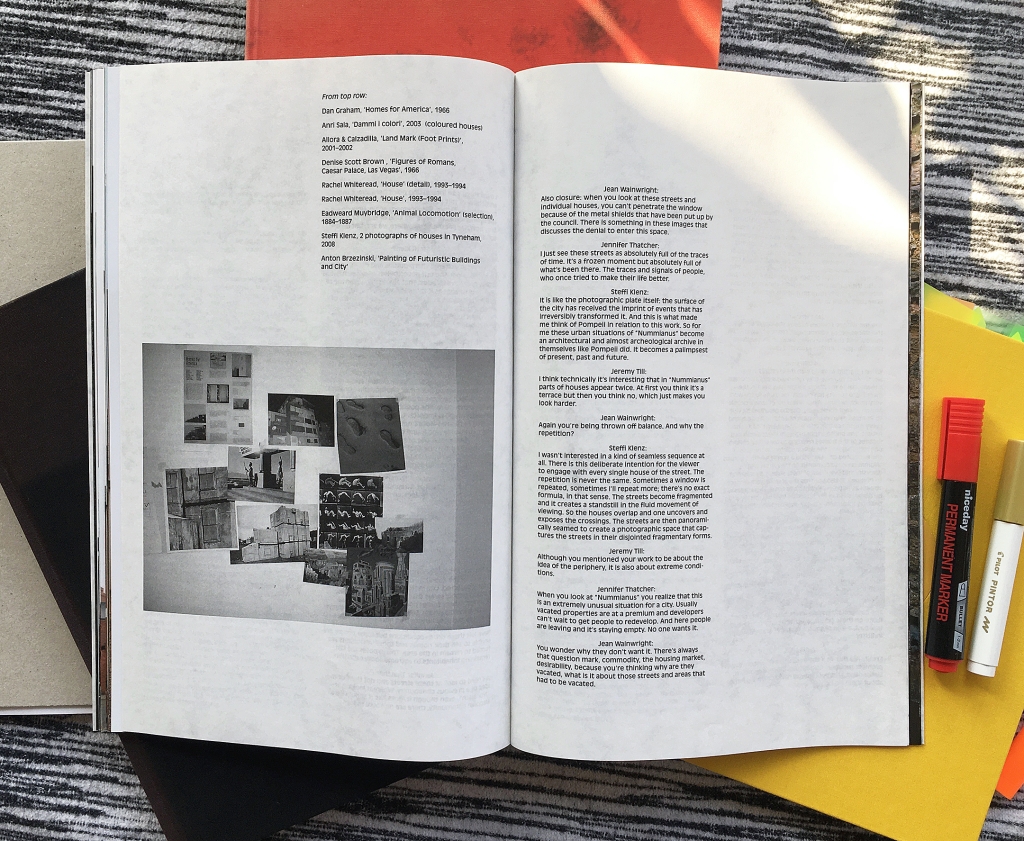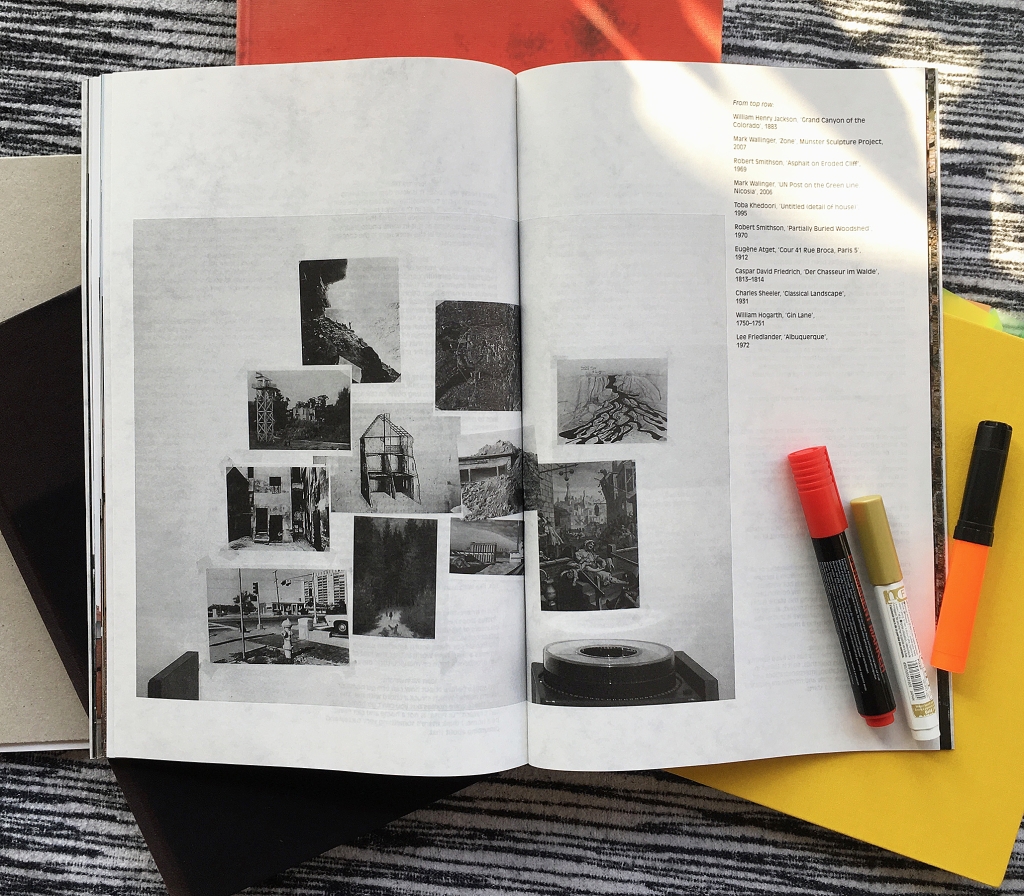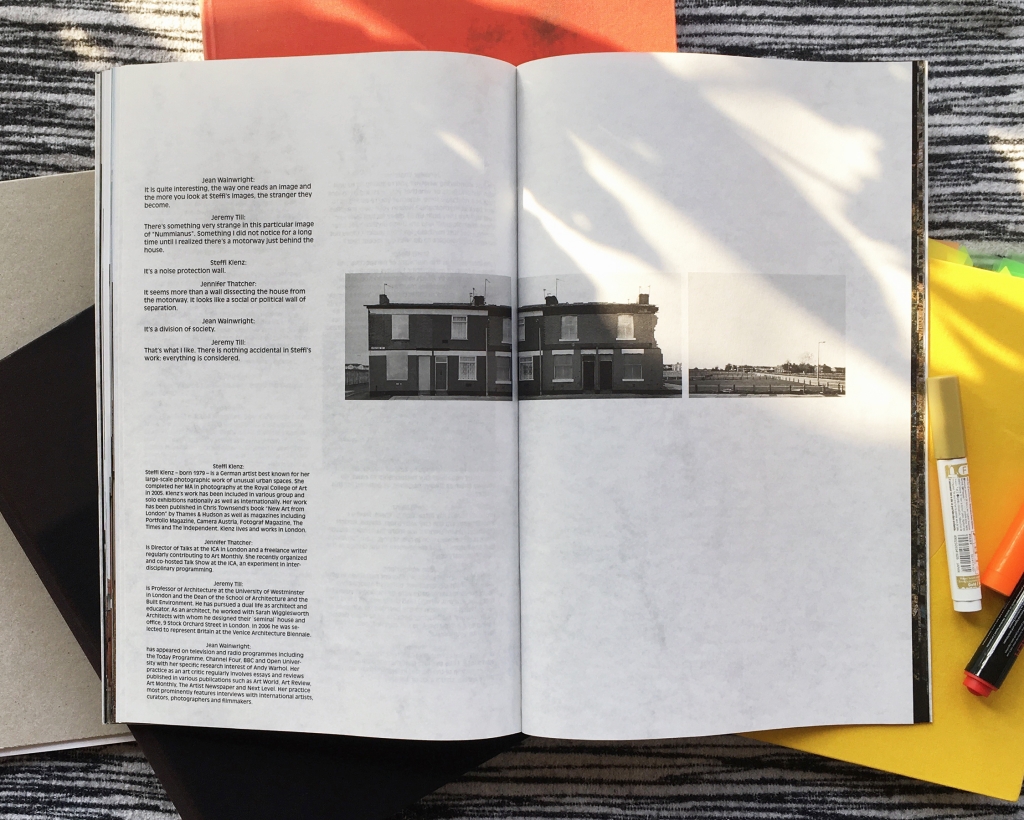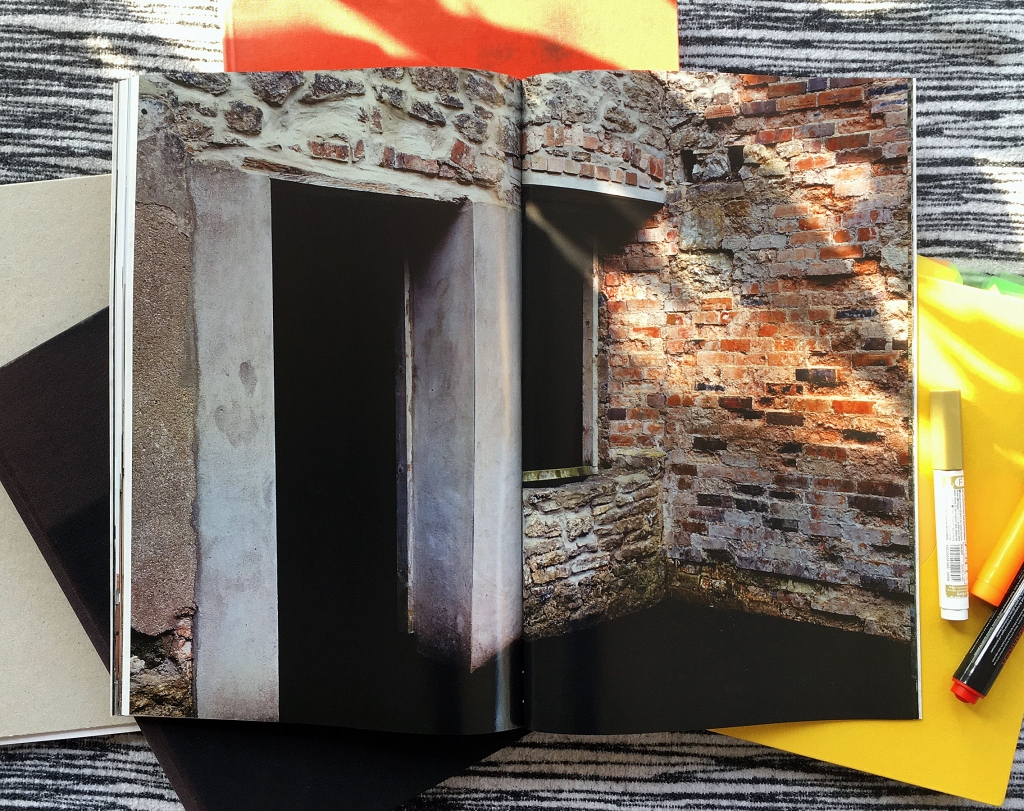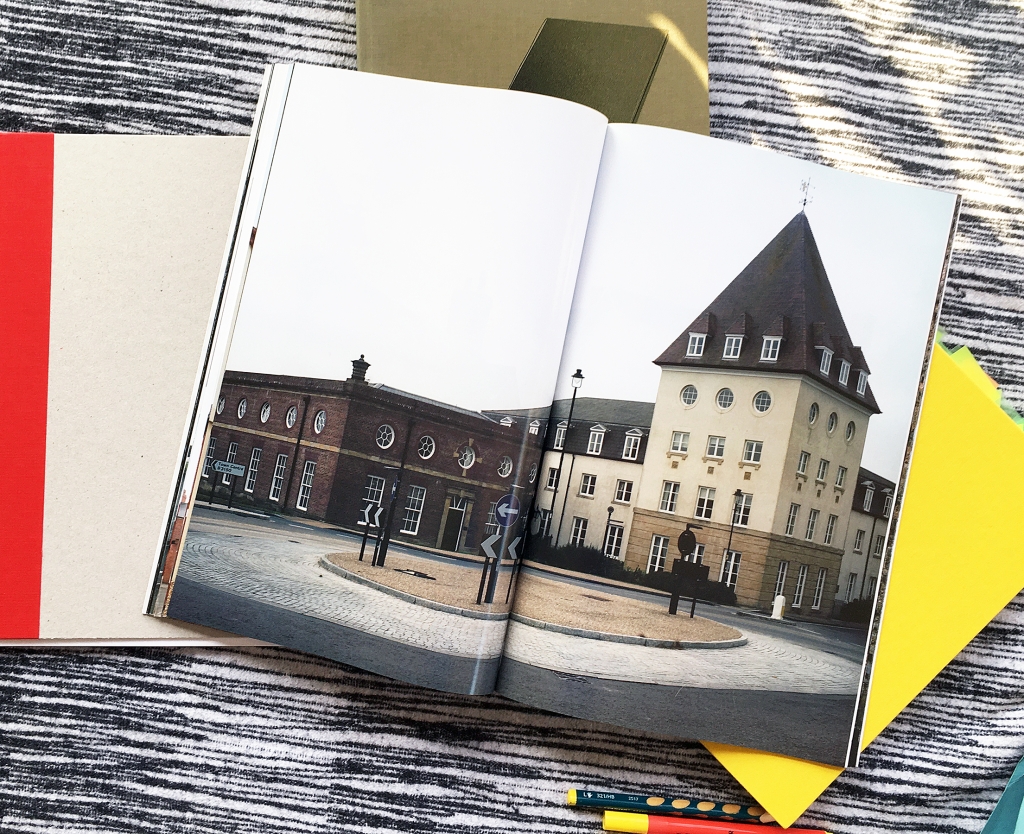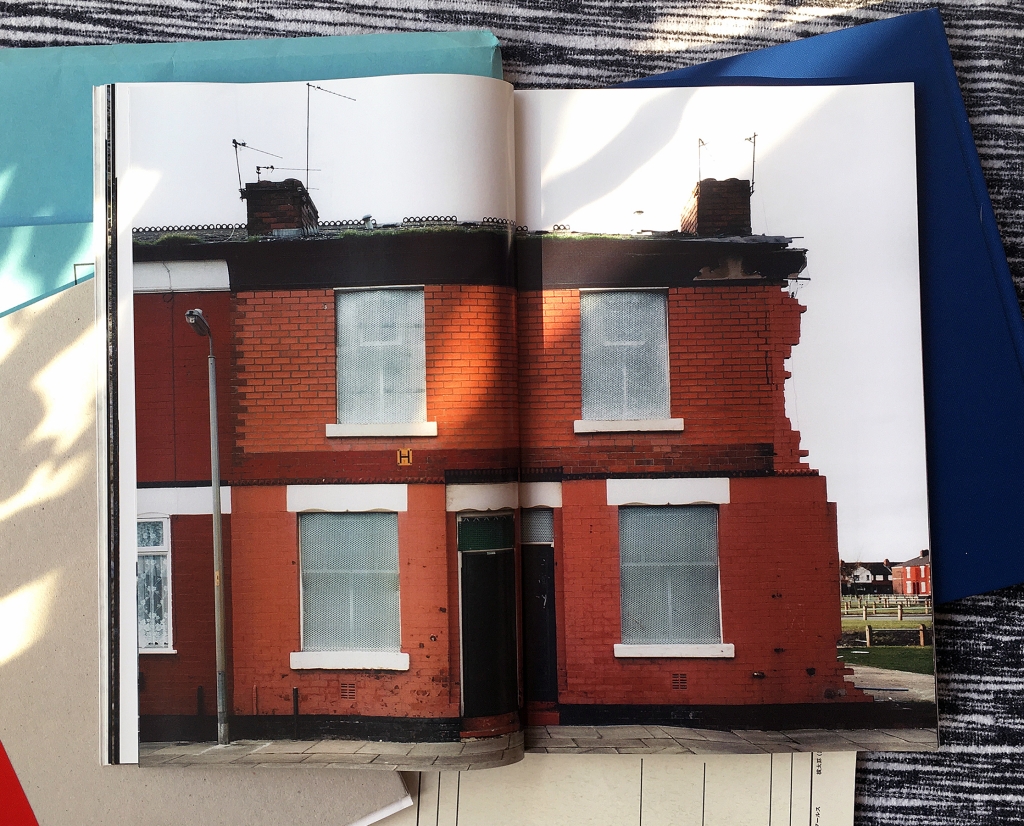Polo Bound for Passaic
This publication focuses on the photographic work of Steffi Klenz and includes discussions of four main bodies of work; A Scape, Nonsuch, Nummianus and La Posa..
It includes an essay by Mark Cousins, and a conversation between Steffi Klenz, Jennifer Thatcher, Jeremy Till, and Jean Wainwright.
Published by Cornerhouse Publications (UK) and Schaden Verlag (Germany and Europe)
London, 2009
Edition of 500
Pages 108
35x21.5 cm
Text by Steffi Klenz
A Scape
I rarely stop thinking about the marginal spaces – the fringes, the periphery. I think that I perceive the world through multiple changing centers – momentary centers formed during my continuous struggle against dominant conceptions of the world; my mind pushes me out towards the periphery again, where the city thins out.
I’m reminded of Robert Smithson’s ‘non-site’- that ‘unfocused fringe where your mind loses its boundaries and a sense of the oceanic pervades’, and I’m delighted to once again abandon my adopted visions of the centre, getting on the number 30 bus out of Port Authority, bound for Passaic, New Jersey, to arrive at sites that have been in some way disrupted. Here, I start again like a nineteenth-century explorer, venturing into places possessed with some kind of spectral, rebarbative beauty at the edge of my mental map. Explorations into sights and its simile allow me to understand how powerful the notion of the centre is, for centers always imply the notion of the periphery.
Nonsuch
A further layer of confusion is added as other complex and ludic thoughts enter my head; I sit down to think about the city and like Italo Calvino, I architect new formulas, not wanting to create actual architecture, but a mental space for the existence of architecture as such. I want to dwell on Calvino’s invisible, laying open spaces for a possibility of change; for transformations in which the singular appearance negotiates the space between invention and reality. I’m torn between movement and stasis, between the material realization of what once was and of what remains imaginary. Experiencing the interplay between different cities leaves me wondering if a city can ever be the singular experience of a specific place, or something else entirely. And so I’m left wondering…
“And yet I have constructed in my mind a model city from which all possible cities can be deduced,” Kublai said. “It contains everything corresponding to the norm. Since the cities that exist diverge in varying degree from the norm, I need only foresee the exceptions to the norm and calculate the most probable combinations.”
“I have also thought of a model city from which I deduce all the others,” Marco answered. “It is a city made only of exceptions, exclusions, incongruities, contradictions. If such a city is the most improbable, by reducing the number of abnormal elements, we increase the probability that the city really exists. So I have only to subtract exceptions from my model, and in whatever direction I proceed, I will arrive at one of the cities, which, always as an exception, exist. But I cannot force my operation beyond a certain limit: I would achieve cities too probable to be real.”
Nummianus
I think about the most forgotten and decaying parts of some of the cities that I dared to venture in, gazing at closed factories, sealed warehouses and crumbling houses, possessed by their mystery and the sense that they represent entropy in action, a material prophecy of the future. Considering the reciprocal relationship between time and place, I come to think of the city of Pompeii.
I feel as though Pompeii is digging into my unconscious, starting to nest there. I feel a kind of vertigo, as if the narrative of the city is progressing beyond its centre, as if it meets itself coming back. What if the city of Pompeii besieges me, drawing me into its constellations of pasts and coming pasts?
I realize that Pompeii is not a silent image; its destruction has an uncanny inversion. It reminds me of the permeability of time, the beauty of decay, the collapse of the future, and of the pitiless inconsequentiality of things. And there are other echoes besides.
La Posa
On my desk there sits a book among other books, an anthropological study of a specific rite that takes place every year in the village of Zurite somewhere in the Peruvian highlands. Once a year, every year, the inhabitants erect a small wooden structure, which they then burn down. The Posa of Zurite, as the building is called, is not of any particular design. It is just a framework: the entrance is its exit - a mirror-like double. It is a dwelling place for no one, never inhabited, and only used in a desultory fashion; a place to enter and then to leave again. And one day, without any ceremonies or councils, the Posa is set on fire in a gesture close to indifference.
When asked by the archaeologist Andre Friedmann to recall the emotions experienced inside the Posa, the Peruvian peasants responded with absolute clarity: “It’s like a dark room. That’s it, standing still in a dark room.”
Much has been said of Friedmann’s life, yet no biography has been written. His papers have been dispersed, and no library or institution possesses a significant archive.
And I wonder about a building or a room destined to be raised to the ground in the moment it is finished; a dark room in which the future remains forever to come and never takes shape. I wonder too whether the Posa ever existed. Is it a space to be inhabited only by myself? Is it a house in which only my mind dwells? It could be entirely fictitious, though something like it did exist, once, someplace, somewhere.
